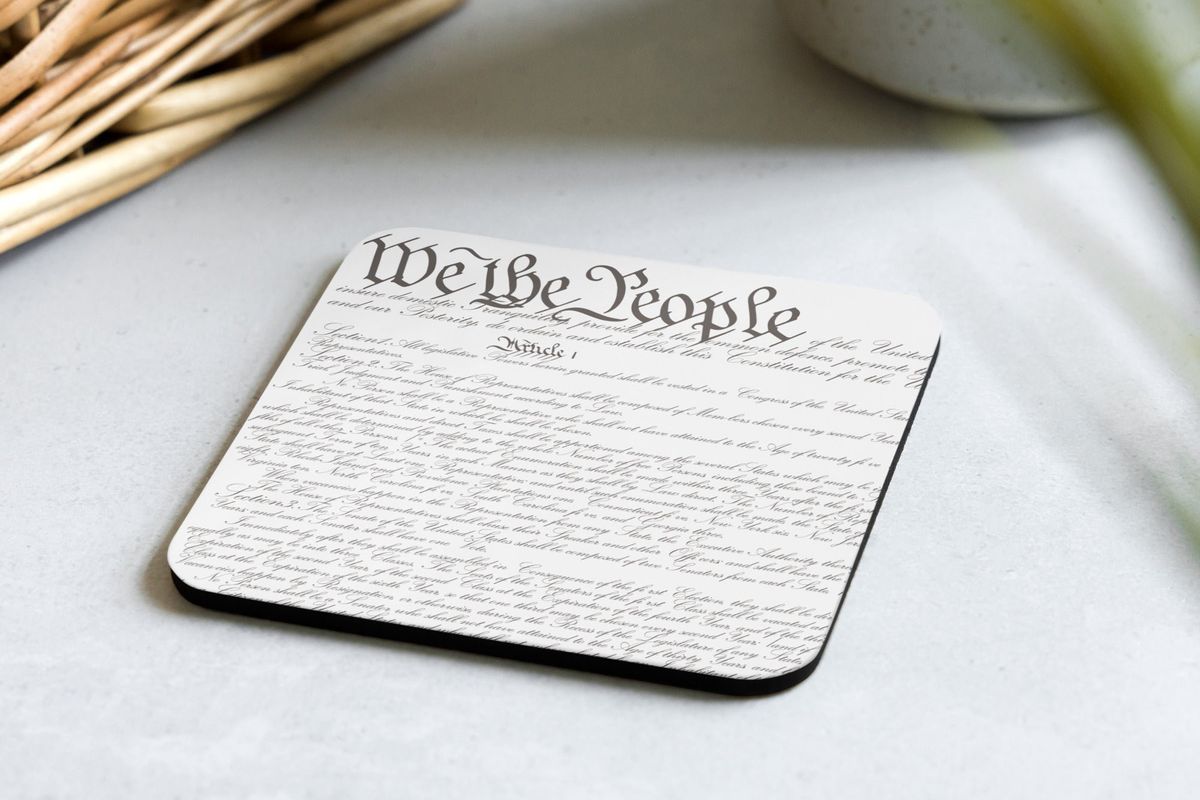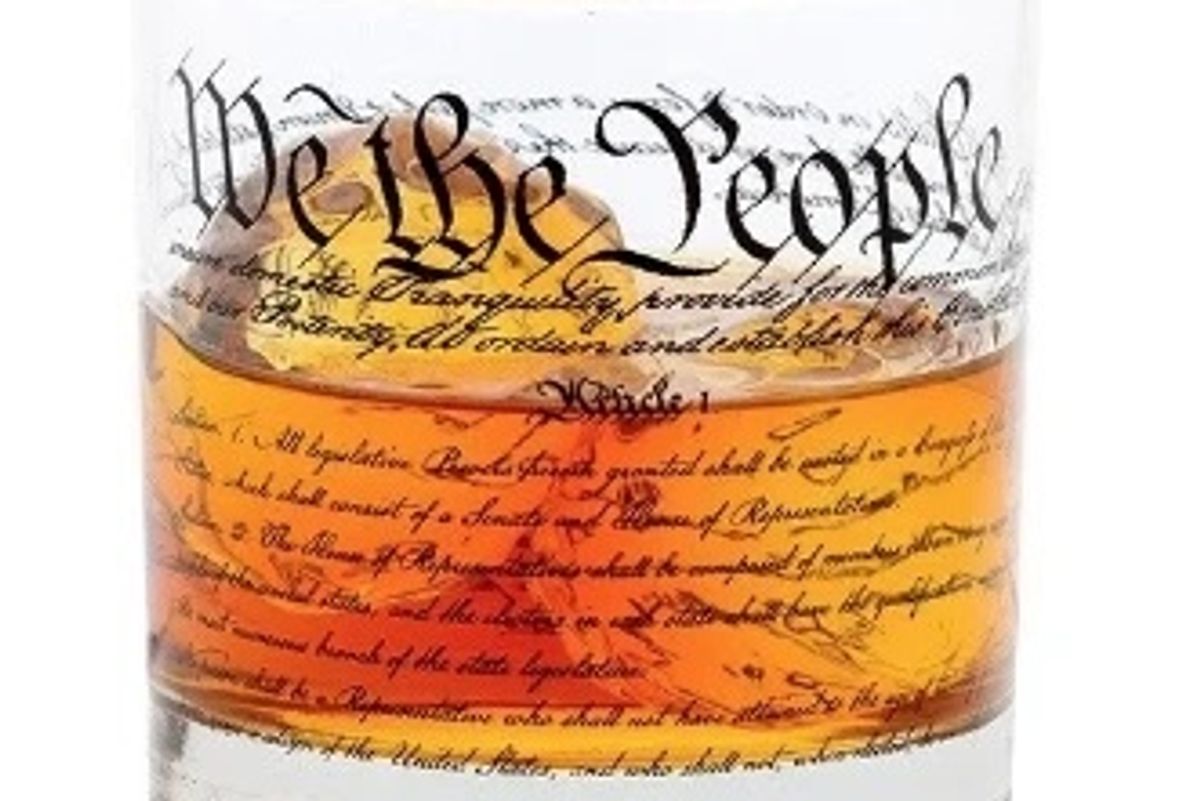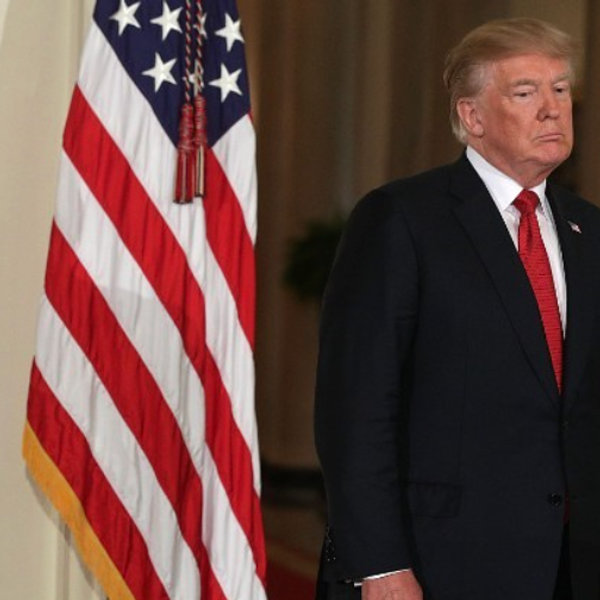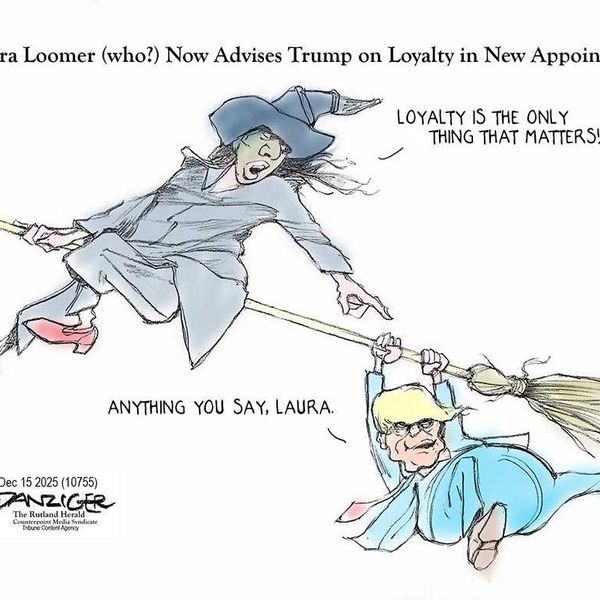Behind Vance's Appalachian Fairy Tale, A Less Uplifting Reality
America loves a poor-kid-makes-it-big story—and J.D. Vance told a whopper. The then-venture capitalist’s 2016 memoir, “Hillbilly Elegy,” presented Vance as an impoverished Appalachian kid who escaped a violent childhood overshadowed by a drug-addicted mother, fled to an Ivy League university, and eventually found wealth among the coastal elite as a high-rolling investment banker.
And his success didn’t stop there. The book was so well received that it spawned a big Hollywood film. Refreshed by wealth and fame, Vance returned to his home state of Ohio and began a nonprofit organization to “make it easier for disadvantaged children to achieve their dreams.” Then he ran for Senate—and won. Then, less than two years later, Vance was selected to be Donald Trump’s new running mate after his previous vice president was mysteriously unavailable.
Roll credits.
Only the story that Vance is telling has holes more than large enough to accommodate Trump’s private 757 jet. For starters, Vance isn’t from Appalachia. His book was riddled with broad negative stereotypes clearly written to appeal to exactly the cultural critics who welcomed its publication. And his nonprofit organization was a thinly veiled platform to launch Vance’s political career.
Most people are more than they seem at first glance. J.D. Vance is a whole lot less.
The Oscar-winning film “American Fiction,” based on the novel “Erasure” by Booker Prize-shortlisted author Percival Everett, tells the story of accomplished Black author Thelonious "Monk" Ellison. Frustrated by the market’s appetite for books that present Black culture only as a product of “da hood,” Ellison writes a fake autobiography titled “My Pafology” satirizing those works with an extreme story of a man whose life consists only of drugs, violence, and the worst stereotypes of inner-city life.
It’s hard to believe that Vance didn’t read Everett’s 2001 novel, because that’s exactly what he wrote. “Hillbilly Elegy” is the “My Pafology” of working-class, rural white people.
Both books are full of only the worst imaginable stereotypes. Both books are meant to specifically appeal to an audience that loves to extend false pity while indulging itself in feelings of superiority.
As Monk’s character said in the film, “I'm sure white people in the Hamptons will delight in it.” When it comes to Vance’s book, they certainly did.
For people who actually grew up in the region, the reaction to Vance’s book was somewhat different.
“I barely read 30 pages before I saw the book Hillbilly Elegy for what it was: a political platform masquerading as memoir,” wrote Appalachian native Neema Avashia. “Before I saw J.D. Vance for what he was: an opportunist. One willing to double down on stereotypes, to paint the people of Appalachia with a culture of poverty brush, rather than be honest about the ways in which both electoral politics and industry have failed our region.”
Only a few months after the book was published, Vance announced that he was leaving his posh job as an investment banker in San Francisco—the triumphant conclusion to the Horatio Alger story he told—to start a nonprofit organization in his home state of Ohio. In a fawning interview at NPR, where Vance was described as a “frequent guest,” he described how the opioid crisis was “obviously very personally important to me.”
Vance didn’t say what he was going to do to help beyond conducting a “listening tour.” However, even before that interview, Vance had filed the paperwork to start a nonprofit organization called Our Ohio Renewal.
Following that link now leads only to a blank page. Vance’s nonprofit no longer exists.
As The New York Times reported in 2022, Vance’s group “raised only about $220,000, hired only a handful of staff members, shrank drastically in 2018 and died for good in 2021.” Vance may say that he is “proud of the work we did,” but that work seems to have accomplished exactly nothing in addressing the problems Vance claimed to be fighting.
But it did do something else: It gave Vance a platform to publish op-eds and raised his visibility within Ohio.
The New York Times said Vance was “irked” by the idea that he was returning to Ohio to run for political office. But in 2018, as Our Ohio Renewal was shedding the staff that was supposed to help it address real problems, the nonprofit was also paying for a political consultant who advised Vance about entering the upcoming Senate race.
It’s hard to say it better than this ad for Vance’s Senate opponent in 2022: Vance created a bogus nonprofit to advance his political visibility. As the small business owner featured in the ad intoned, “J.D. Vance was in a position to really help people, but he only helped himself.”
Vance created a nonprofit to give himself a platform. He used that nonprofit to pay for a consultant to prepare him for a Senate campaign. Once that campaign was underway, Vance discarded the organization. It's not a surprise that Our Ohio Renewal is dead; its real job is over.
Now that he’s in Congress, how much does the issue of drug addiction in Ohio really matter to Vance? As the Ohio Capital Journal reports, Vance did cosponsor anti-fentanyl legislation written by Ohio Democratic Sen. Sherrod Brown. But when that bill came up for a vote, Vance voted against it.
Vance’s Senate office claimed that he voted against it because the bill had become attached to funding for Ukraine. The issue of drug addiction may be “very personal” to Vance. But apparently, it’s not as personal as his need to please Russian dictator Vladimir Putin.
As Avashia wrote in her review of Vance’s book, “Folks outside Appalachia devoured Hillbilly Elegy because it reinforced what they already believed about us: that we were lazy, homogenous, and to blame for the unemployment, addiction and environmental disasters that plagued us. Vance’s description of a Jackson, Kentucky, where ‘people are hardworking, except of course for the many food stamp recipients who show little interest in honest work’, allowed liberals and conservatives alike to write Appalachia off as beyond saving, and its problems as self-created, and thus, deserved.”
Vance was smart enough to know that there was an audience eager to buy into that narrative. That doesn’t just apply to the Republican delegates meeting this week in Milwaukee, but to the media guilelessly reporting on Trump’s replacement for Mike Pence.
And … that’s about it. Vance is smart enough to know the narrative the media loves and hypocritical enough to say whatever it takes. That makes him a most appropriate sidekick for Trump.
Reprinted with permission from Daily Kos.












